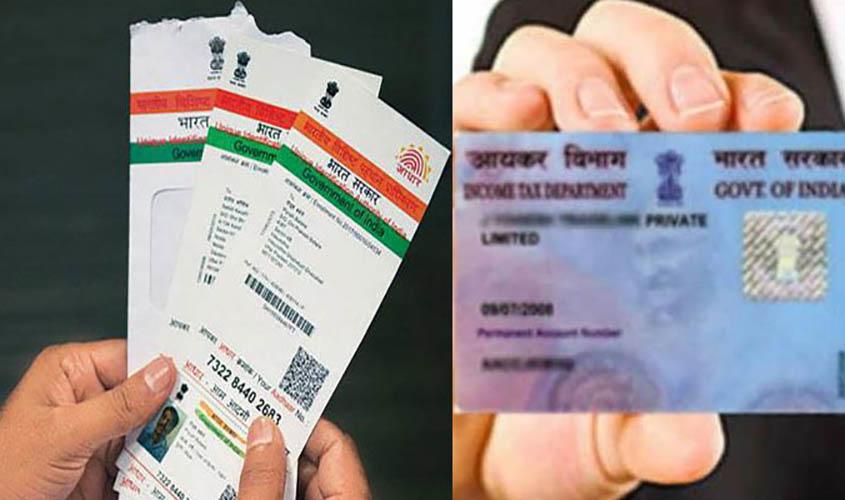Aadhaar Will Reduce Tax Evasion

Image Courtesy: The Sunday Guardian
The Additional Solicitor General (ASG) Tushar Mehta commenced his arguments in the Aadhaar hearings in the Supreme Court, on Tuesday. His submission on day 26 of the hearings sought to justify Aadhaar in the light of legal tests laid down by the Supreme Court. The first test was the one contained in the Justice Puttaswamy Judgement or the ‘Right to Privacy’ Judgement. The second was of ‘manifest arbitrariness’, and the third of ‘larger public interest’. He also made references to the issue of tax fraud in the light of the Binoy Viswam Judgement.
The test laid down in the Right to Privacy Judgement consists of three parts: whether the law has a statutory backing, whether it is in pursuance to a legitimate State interest, and whether it is proportional. At present, the Aadhaar Act is in effect, therefore there is a statutory backing for Aadhaar. The two other ingredients of the test, however, are still to be determined by the SC. The test of manifest arbitrariness was elaborated in Shayara Bano or the ‘Triple Talaaq’ Judgement. The crux of the test was stated by Justice Rohinton Fali Nariman as “something done by the legislature capriciously, irrationally and/or without adequate determining principle. Also, when something is done which is excessive and disproportionate, such legislation would be manifestly arbitrary”. This, again, raises the question of proportionality of the legislation. On the final test of the larger public interest however, the SC mentioned that this will be deemed to exist if the ‘legitimate State interest’ ingredient in the Puttaswamy test is fulfilled.
On the issue of tax fraud, the ASG referred to the Binoy Viswam Judgement. The Judgement observed that the demographic data was already collected for issuing a PAN card under section 139A of the Income Tax Act, 1961. However, the SC brought it to the ASG’s notice that the requirement of the demographic data remains limited to the application alone, and is not constantly required for authentication. On a side note, a PAN card carries only a name, number and the photo submitted at the time of application.
The ASG then brought up the issue of fraudulent PANs used for tax evasion. He contended that multiple and fraudulent PANs are used to set up shell companies. Mehta referred to the comments made in a CAG report, which stated that despite the tax base being widened, there is still a gap between the number of PANs and returns filed. However, the SC was not convinced that the gap could be attributed to duplicate PANs. For example, this gap could be attributed to people not earning enough to have to pay income tax.
The ASG then referred to the recommendations of the Special Investigation Team (SIT) on black money. The SIT had recommended that all the IDs submitted for generating a PAN should be connected to avoid multiple PANs. The ASG stated that Aadhaar enables this recommendation. However, this may turn out to be a situation, where the cure is worse than the ailment. The security architecture of Aadhaar is flawed. If biometrics were to be used as a final proof of identity – ignoring the failure rate – then it would have succeeded. However, since accessing biometric readers and network connectivity is not always easy, the Aadhaar Act has stated that mere proof of an Aadhaar is sufficient. This Aadhaar can be printed as many times and at any location. The Aadhaar card can be edited – names, numbers and photos can all be changed. Changes can also be made to the QR code.
Get the latest reports & analysis with people's perspective on Protests, movements & deep analytical videos, discussions of the current affairs in your Telegram app. Subscribe to NewsClick's Telegram channel & get Real-Time updates on stories, as they get published on our website.
























